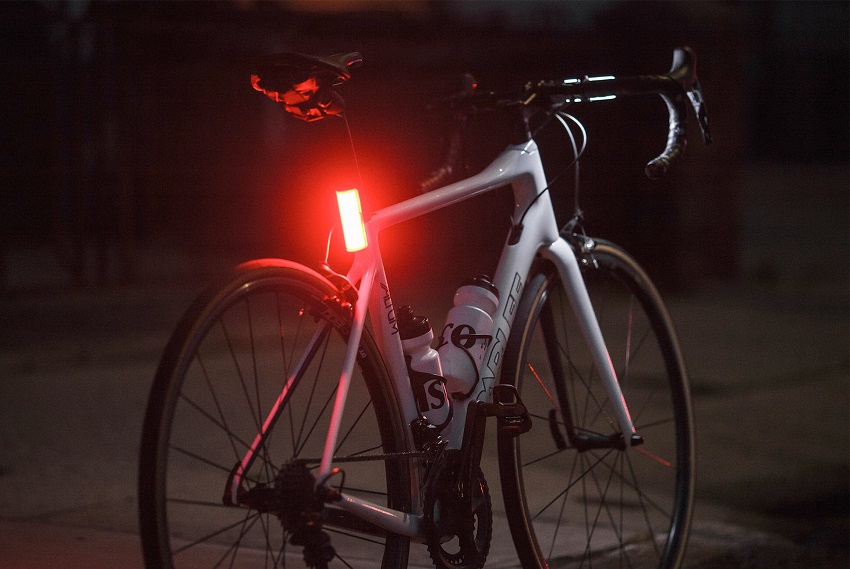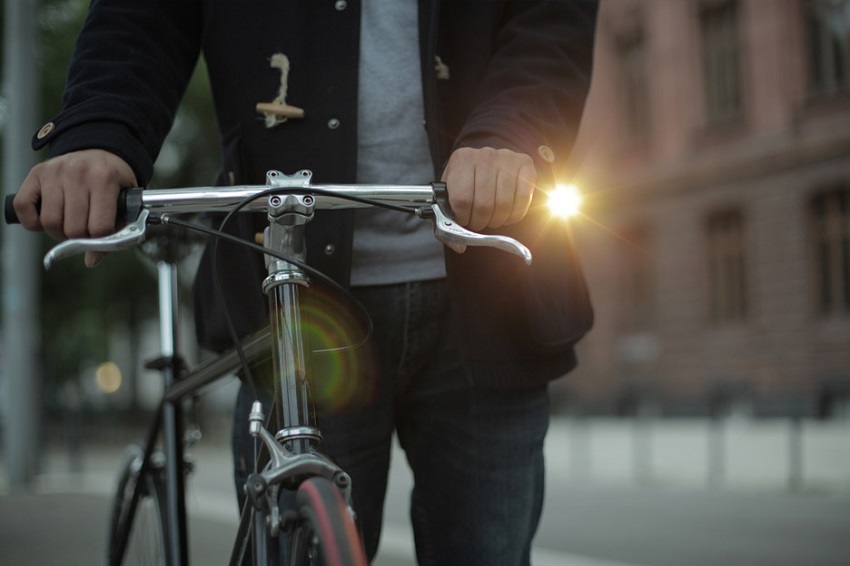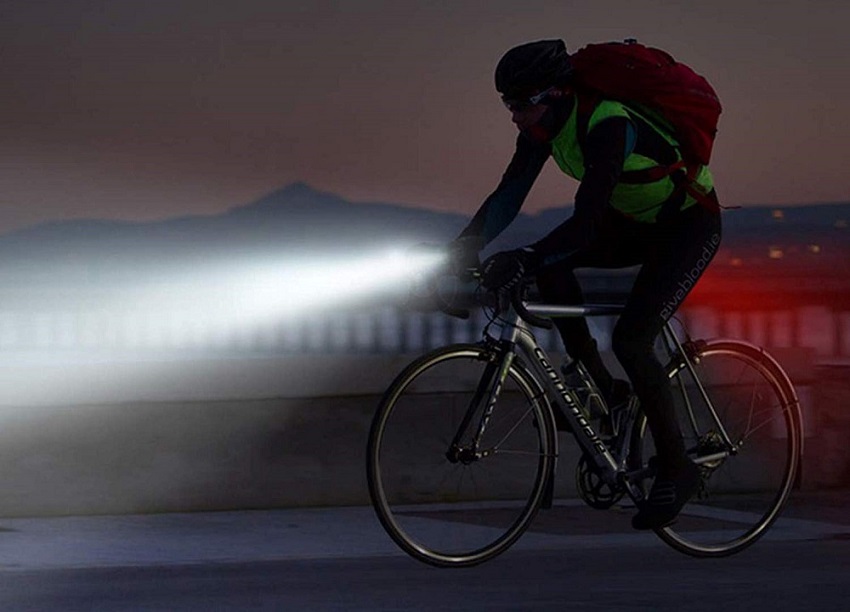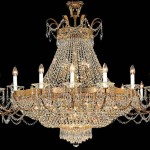
Biking at night can be one of the best ways to ensure you’ll be dead asleep as soon as you get in bed. It’s a great way to get some exercise, release some dopamine and get well-rested for the next day. But biking at night poses its own challenges, especially if you live in a suburban area. There’s always the danger of getting hit by vehicles because they might not see you or you may hit something/someone because you can’t see clearly what’s in front of you. But there’s an easy and affordable solution for such problems – bike lights.
Bike lights are vital for riding your bike safely at night, and they’re one of the best accessories you can spend money on if you’re an evening rider. But with so many different lights for bikes available nowadays, how do you make sure you get the best bang for your buck? As is with buying any other bike accessory, buying a bike light takes some careful consideration. There are a couple of important things you need to know before you start looking, such as the categories of cycle lights, how their power is measured and the types of batteries that power them.
Bicycle Light Categories

Bike lights are divided into two basic categories – off-road lights used on mountain bikes and lights used on road bikes for commuting. These two differ in their durability, weight, cost, longevity and the light they cast. With that said, you should look for lights that are appropriate for the type of riding you do. Installing off-road mountain bike lights on a road bike that you commute with doesn’t make sense from a financial point of view. Plus, you’ll probably end up with a light that’s too powerful and may blind people coming from the opposite direction, as mountain cycle lights are usually more powerful than lights intended for road bikes.
Power Measurement

Nowadays, most bicycle lights feature light-emitting diodes (LEDs), whose power is measured in lumens. A 300 Lumen light, for instance, is very bright when focused in a laser-like beam pattern, but it becomes less bright when it’s diffused into a wider angle beam. That being said, you’re going to have to take into account not only the lumens but the width of the beam when assessing the brightness of the cycle light as well. There are still some models that use halogen and incandescent lights, whose brightness levels are measured in watts. However, these lights aren’t as durable and they don’t have the shock absorption properties that LEDs do. That means they won’t withstand the constant abuse you’ll put them through, especially if you’re riding in more rugged environments.
Types of Batteries

The type of battery the light uses, and how it can be replaced can make or break the light. You don’t want to buy lights that need to be removed from the bike and opened with a screwdriver to get access to the batteries. All the hassle that comes with it will have you putting off changing the batteries as frequently as you should, and you may end up with no batteries in the middle of the road. Additionally, there are multiple types of batteries for light cycles can use – disposable and rechargeable. Most modern lights use NiMH or Li-ion rechargeable batteries, which have a higher cost upfront but are the more valuable option in the long term. Although you can find rechargeable AAA and AA batteries at a more affordable price, they will still need to be replaced every now and then. However, if you do decide to buy rechargeable batteries, keep in mind that you’ll also need to buy a charger.
Lithium-Ion vs NiMH Batteries

Personally, I prefer lithium-ion batteries over NiMH batteries for a few reasons. First and foremost, you don’t have to worry if you run them flat – they’re smart batteries that have no memory, meaning you can recharge them regardless of whether they’re completely empty or not. NiMH batteries, on the other hand, shouldn’t be left to run flat. Further, lithium-ion batteries are safer, and they won’t start dimming when their charge drops to a lower level. However, this can also mean that if you don’t pay attention to their charge level before you go on a ride, your lights will go from working just right to not working at all if the batteries run flat.
Which Cycle Lights?

This is something that’s up to personal preference. As long as the light cycles you choose are suitable for the type of riding you do, have multiple beam options that you can switch between, and use quality batteries, you’ll be good. Most lights nowadays are quite affordable, which means there is some room for trial and error before settling on the ones you like best.













